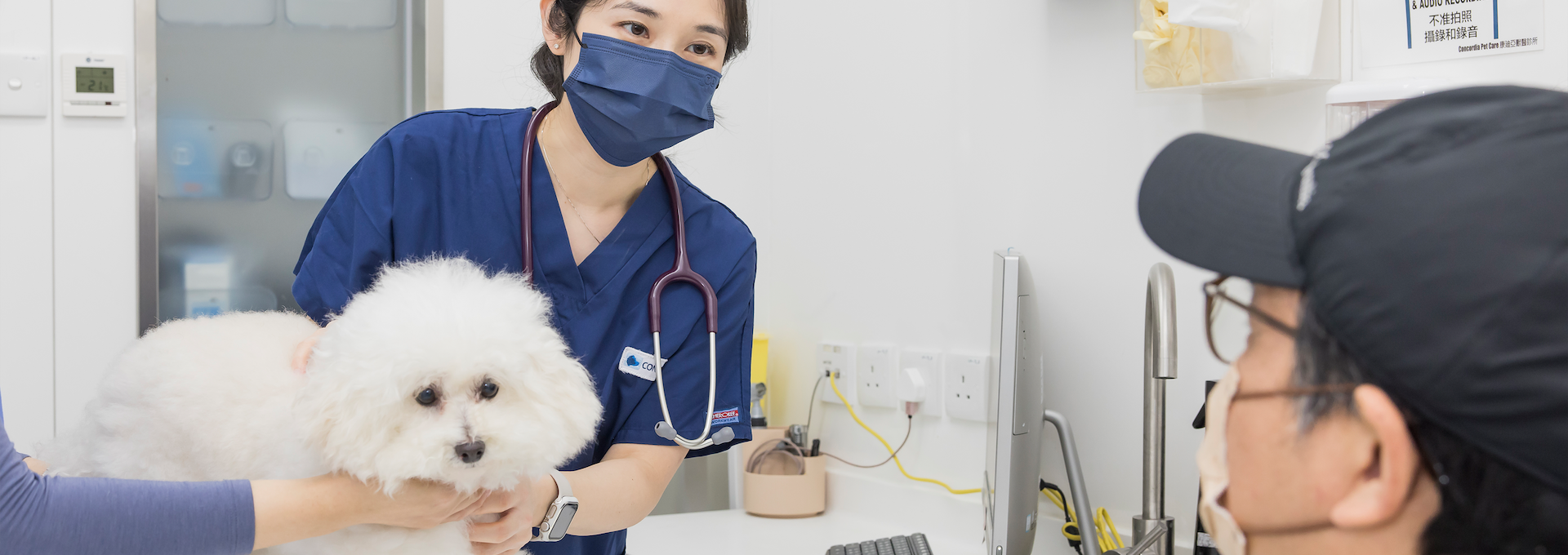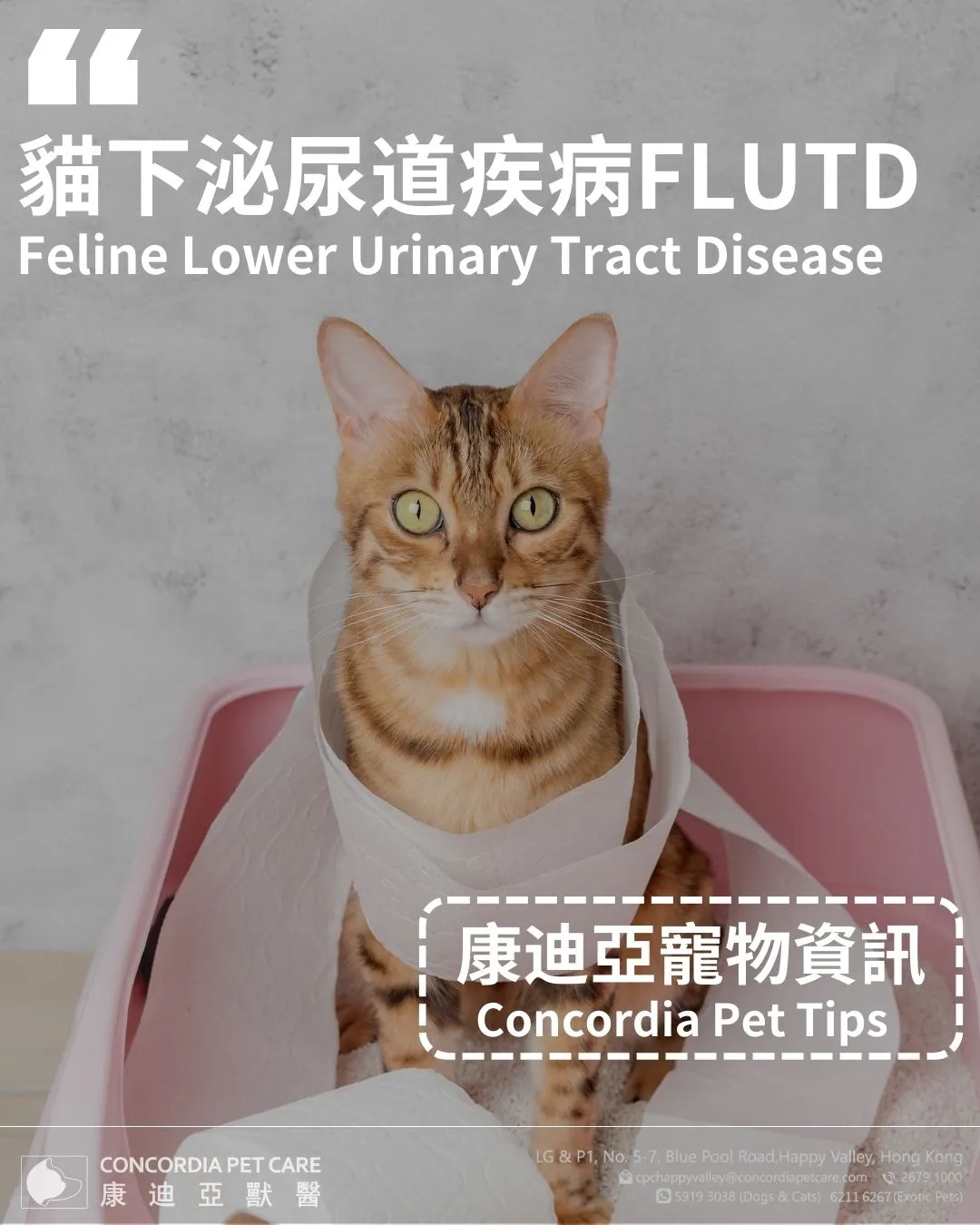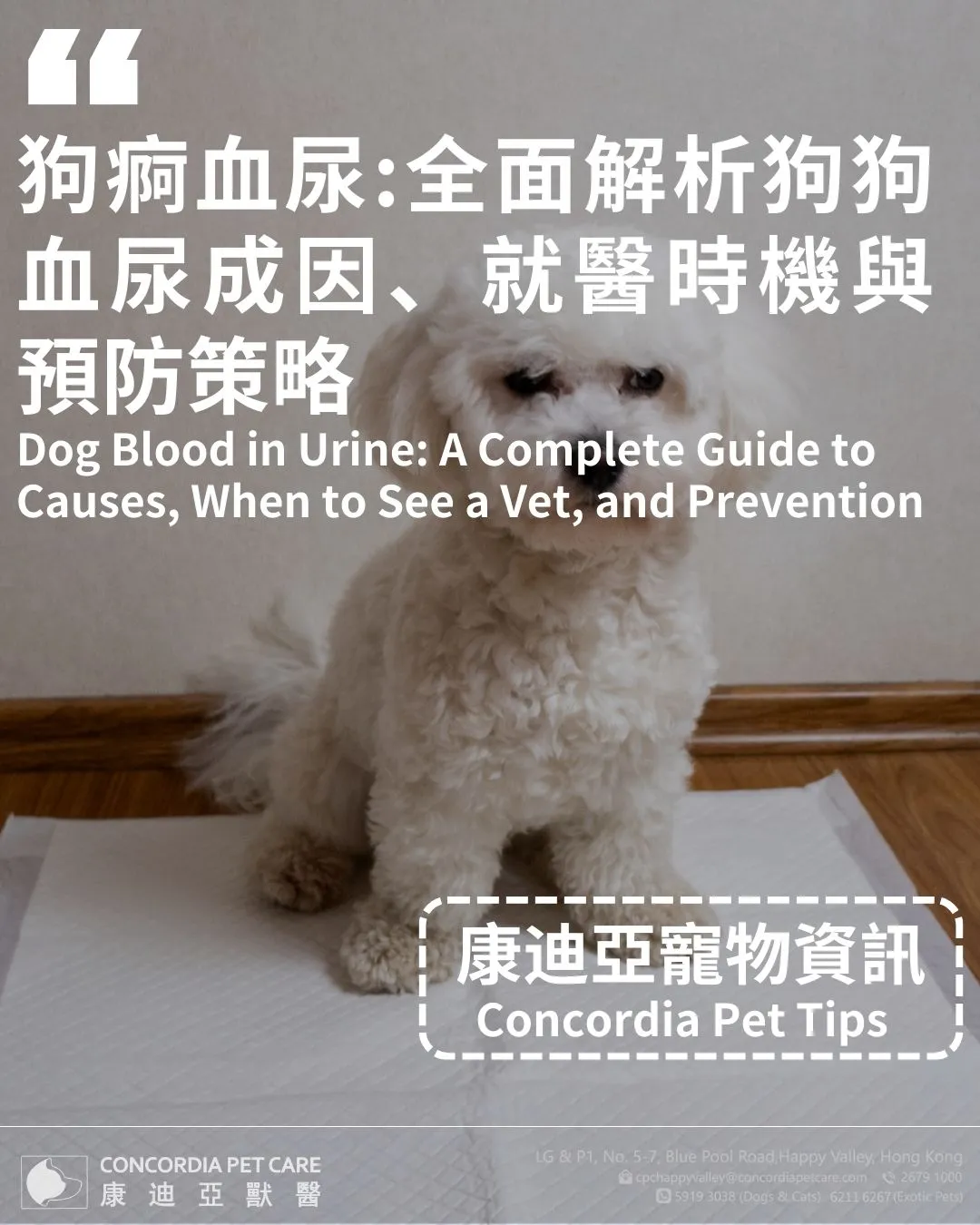
What to Do If Your Cat Vomits? Common Causes, Vomit Color Diagnosis, and Emergency Handling Guide
 Concordia Pet Care
Concordia Pet Care
 2025-06-12
2025-06-12


What to Do If Your Cat Vomits? A Comprehensive Guide to Common Causes, Vomit Types (Clear Liquid, Blood, etc.), and Treatment Methods
Cat vomiting often worries owners— is it a normal occurrence or a sign of a health issue? In fact, vomiting in cats can have various causes, ranging from minor indigestion to serious diseases. This article explores the common causes of vomiting in cats, what different vomit colors indicate, and how to make an informed decision about what to do next.
Is Vomiting Normal for Cats?
Whether vomiting in cats is normal depends on the frequency and other accompanying symptoms. A healthy adult cat may vomit 1-2 times a year as a normal physiological response. However, if vomiting occurs more than once a month, a check-up is recommended.
When is Occasional Vomiting Normal?
It’s normal for healthy adult cats to vomit 1-2 times occasionally, and there is no cause for concern. For long-haired cats, vomiting hairballs smaller than 3cm once every 2-3 months is considered normal. However, if short-haired cats vomit hairballs more than once a month, extra attention is needed. Studies have shown that 62% of cats that vomit will recover within 24 hours. Key signs of recovery include:
· Immediate return to eating
· Normal activity levels and bowel movements
· No accompanying diarrhea or fever
When Should You See a Veterinarian Immediately?
If you notice the following symptoms, see a vet immediately:
· Ongoing weight loss of more than 5% per month
· Vomit resembling coffee grounds
· Vomiting more than once a day, lasting for three days or more
· Excessive water intake or urination after vomiting
· Eye twitching during vomiting
· Abdominal pain or curling posture when the stomach is pressed
These symptoms are concerning, and it is best to take your cat to a vet within 12 hours:
· Vomiting more than three times in a month, or more than twice in a day
· More than 5% weight loss, a sudden 50% increase in water intake, or pale mucous membranes
· Vomit with fresh blood, coffee grounds, or parasites
· Vomiting with increased water intake and urination in cats over 7 years old (higher risk of kidney disease)
Common Causes of Vomiting in Cats
Hairball Accumulation
Cats groom themselves regularly and often swallow loose hair, which may form hairballs over time. If hairballs get stuck in the digestive tract, vomiting occurs to expel them. This is particularly common in long-haired cats, who are more than twice as likely to have hairball issues compared to short-haired cats. Regular brushing can help reduce hairball problems.
Eating Too Fast or Swallowing Foreign Objects
Some cats eat quickly, leading to vomiting. Cats that eat fast empty their stomachs almost twice as fast as those that eat slowly, increasing the chance of vomiting. Using a slow-feed bowl can help reduce discomfort. Additionally, cats are curious and may ingest foreign objects, such as pollen, plastic, or small items, which can lead to vomiting or health crises. For example, lily pollen can be deadly even in small amounts to cats, so extra caution is essential.
Gastritis or Intestinal Parasite Infection
Gastritis or intestinal parasites are also common causes of vomiting. Parasites can irritate the intestines and affect digestion, making cats lose weight and have dull coats. Regular deworming is important to prevent these issues.
Chronic Diseases (e.g., Kidney Disease, Liver Disease)
As cats age, they are more likely to develop chronic diseases, such as kidney disease, liver disease, or thyroid issues, which can lead to vomiting and other digestive problems. Older cats especially need to be monitored for health changes.
Analyzing Vomit Colors to Identify Issues
Occasional vomiting in cats may indicate important health signals. Understanding different vomit colors can help you assess their health condition. Let’s review some common vomit colors and what they might suggest, along with how to respond:
Clear Vomit: Empty Stomach or a Health Warning?
If a cat vomits clear liquid after being on an empty stomach for over six hours, it’s usually stomach acid and is considered normal. However, if excessive thirst accompanies the vomiting, it could signal diabetes or kidney problems. Studies show that some cats vomiting clear liquid actually have hyperthyroidism, so don't overlook this possibility.
Yellow Vomit: Likely Stomach Acid or Bile
Yellow or green vomit is often a sign of bile reflux or stomach acid. If vomit also contains undigested food, it could indicate a bowel obstruction. A prompt ultrasound check to examine the intestinal wall is recommended.
Vomiting Blood: Fresh Red Indicates Esophageal Injury, Dark Red Suggests Stomach Ulcers—Act Quickly!
If the vomit contains blood, observe the color. Bright red blood typically indicates esophageal injury, such as from swallowing a sharp object like a fishbone. Dark red blood may suggest a stomach ulcer, which usually requires endoscopy to confirm. In such cases, fast action is needed: withhold food and water to prevent further irritation, and apply cold compresses to the neck to help stop bleeding. Most importantly, take your cat to a vet within 30 minutes for diagnosis and treatment.
Vomiting White Foam or Undigested Food: Possibly Related to Esophageal Issues, More Common in Short-Nosed Cats
Some cats vomit white foam or undigested food particles due to a relaxed esophageal sphincter. This is especially common in short-nosed breeds like Persians. To help, raise the feeding bowl and soak dry food before feeding to reduce the chance of vomiting.
How to Care for a Vomiting Cat?
Temporary Fasting and Close Observation
When a cat vomits, it’s recommended to withhold food for 4-6 hours for adult cats and about 2 hours for kittens. When resuming feeding, start with low-fat prescription food, feeding small amounts every two hours to allow the stomach to adjust.
Rehydration and Keeping the Environment Clean
Vomiting often leads to loss of fluids and electrolytes. Offer electrolyte solutions (with moderate sodium content) to your cat, but avoid making your own saline solution as it can cause high sodium levels. Clean the vomiting area thoroughly with diluted bleach (1:32 ratio) to disinfect and maintain a hygienic environment.
When to Seek Immediate Veterinary Care
If you notice your cat’s gums take longer than two seconds to return to normal color after pressing, or if its body temperature drops below 37.8°C, it may be in shock due to dehydration and needs urgent veterinary care. Intravenous fluids greatly improve survival chances.
Tips for Preventing Cat Vomiting
Feeding Frequency and Diet Recommendations
Feed your cat three meals a day, with no more than eight hours between meals. Rotate two different protein sources each week and transition food slowly over a week to reduce the chance of food allergies.
Regular Deworming and Health Check-ups
For cats under 7 years old, discuss a deworming plan with your vet; older cats should have fecal checks every quarter. New PCR testing technology can screen for up to 12 parasites with high accuracy, ensuring better health protection.
Proper Grooming to Reduce Hairball Issues
Long-haired cats should be brushed for 10 minutes daily, while short-haired cats should be brushed 3 times a week. Consider using hairball paste or other products to help with hairball management.
What to Do If Your Cat Vomits? Seek Professional Veterinary Advice Immediately
Vomiting in cats is a common yet frustrating problem for many owners. From clear liquid to blood, different vomit colors can reflect a cat's health condition. If your cat vomits frequently or has abnormal vomit, consult a veterinarian as soon as possible to prevent worsening conditions. Concordia Veterinary Hospital, located in Happy Valley, offers an experienced team and advanced equipment to provide comprehensive care and support for your cat’s recovery. Contact us today to schedule an appointment with our expert veterinarians and ensure your cat's health and safety.



